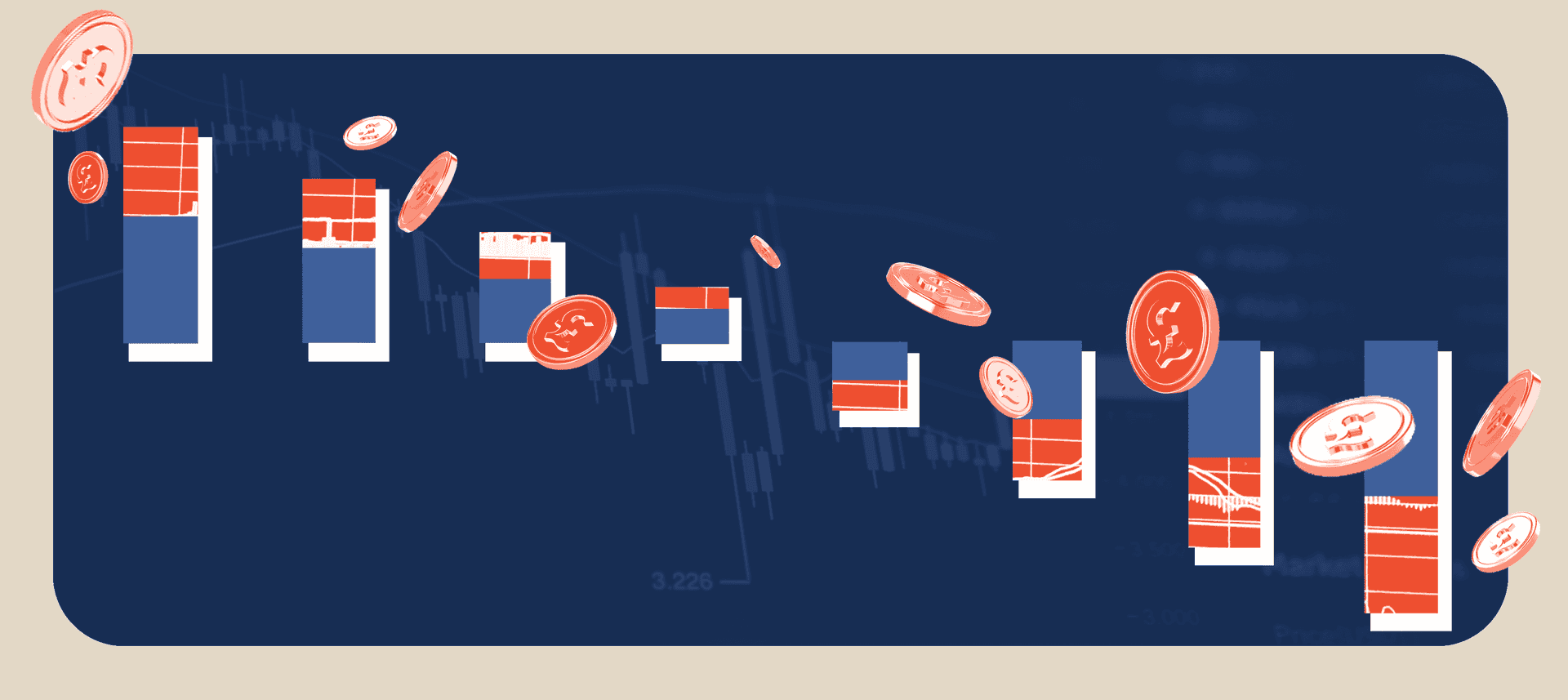In our previous blog we looked at the impact of volatility on margin. This considered how the price moves seen in 2023, many of them caused by extreme weather conditions, had impacted the margin requirements for 4 key US power contracts.
We have since performed analysis on these same contracts to see how specific price shocks could impact their margin requirements, which were the following representative products listed on ICE:
- CAISO SP15 day ahead monthly futures
- PJM Western Hub real time monthly futures
- ERCOT North 345KV real time monthly futures
- MISO Indiana Hub real time daily futures
We looked at the potential impact of the following price changes for the PJM front month contract on the margin requirement:
- No change
- 15% increase
- 35% increase
- 50% increase
- 10 times increase
How the margin requirements might change
To set their margin rates ICE uses a range of techniques, the most important being Filtered Historical VaR. This means that the margin requirements are impacted both by the level of volatility and whether any price move has been significant enough to change the historical scenarios used in the VaR calculation.
- For a 15% increase in price no change in margin requirement was predicted as it had little impact on volatility.
- For a 35% increase in price the margin was predicted to increase by around 2%, based on a small increase in volatility.
- For a 50% increase in price the margin was predicted to increase by around 78%, based on a significant increase in volatility and an impact on the VaR scenarios.
- For a 10 times increase in price the margin was predicted to increase around 26 times. Again both the volatility and the VaR scenarios would be impacted. At the same time the CCP is likely to consider the suitability of the parameters based on the current price and the potential for large falls in price in the future.
When ICE moves to IRM 2, their VaR based algorithm, similar changes in requirements would be predicted because of the use of the same FHS VaR methodology.
It should be noted that these predictions are based on a CCP that concentrates on absolute price changes for determining margin requirements. If the same contracts were traded on a market that uses relative price changes then the impact on margin would be more directly related to prices. For example a 15% increase in price would result in a 15% increase in margin requirements.
Impact on other contracts
In our analysis we also looked at how the margin of other PJM expiries and other power products might be affected by similar increases in prices. For PJM the results were similar across all expiries.
However, the results for other contracts were impacted by the current level of volatility, so for example for the CAISO SP15 day ahead monthly futures, because of the higher current level of volatility, the predicted margin was unchanged even for a 35% increase in price. The same was true for ERCOT North 345KV real time monthly futures.
These smaller changes then follow through to the larger price moves. For a 50% increase in price, front month SPM margin was predicted to increase by 20% and for a 10 times increase in price the margin was predicted to increase by 12 times.
These varied results show how difficult it is to predict the impact on margin of various price change scenarios. There are a number of factors that need to be considered including current levels of volatility and the way that the CCP margin parameter setting process works.
Impact on a portfolio
We also looked at how the margin for a portfolio containing all the products might be impacted by an increase in PJM front month prices. We took into account the correlation between the different contracts and used these to predict price moves from which the impact on volatility and margins could be assessed.
Here the impact on margin also needed to take into account the offsets between the different contracts within the portfolio. The results of this analysis will be considered in a follow up piece that can be read here.

